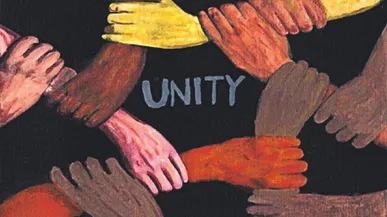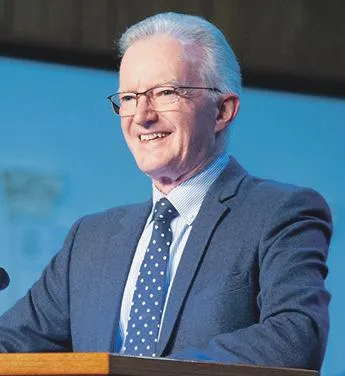
What is evangelical unity? Does it even matter?

Graham Nicholls
What is evangelical unity and does it matter? And anyway, who’s to say what an evangelical actually is, and even then, what would visible evangelical unity look like?
That was part of our discussion at the autumn meeting of the Affinity Council – a group of leaders from churches and Christian organisations that help guide Affinity as we set our priorities.

A plea for pastoral brotherhood
Between 1979 and 1999 the Pope, John Paul II, published a collection of essays titled ‘Letters to My Brother Priests’. That sentiment, that his fellow clergy were his brothers, is something we would do well to learn from in our Protestant circles.
Those who serve Christ’s sheep as shepherds should see themselves as being in a spiritual brotherhood, a brotherhood that’s in desperate need of each other. The church has struggled with pastoral abuse, scandals, burnouts, and dropouts. The last few years of Covid, war, civil unrest and political instability have only heightened the weight carried by pastors. These trials have taken their toll. But where are pastors to turn when they need help?

ten questions: dismantling our tribalism
Jonathan Lamb
1. How did you become a Christian?
Is the dream of a diverse Western church fading?
I’m particularly struck at how much it feels like a significant season to write my first article for Evangelicals Now.
I am humbled and shaken by recent shifts in the global political landscape, and I hear similar sentiments from friends who look and sound like me: young(ish), Black, African, Christian and resident in multi-cultural cities in the West.